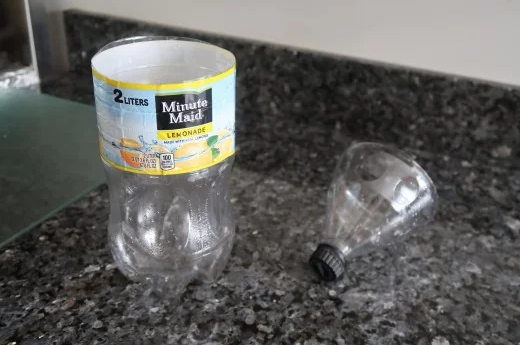
Summer is good, mosquitoes are less so. These insects, which are so small and may seem insignificant to us, are nevertheless endowed with a formidable power: that of disturbing our peace. Because there are few things as unpleasant when we try to fall asleep as a buzzing sound that moves away and comes closer to our face at intervals, and with it the more unpleasant prospect of being bitten.
What attracts us to mosquitoes?
Mosquitoes would be able to detect our presence from more than 10 meters away thanks to the carbon dioxide that we release into the air when we breathe. They would also use their vision to identify us as a dense mass from which the CO2 could come out and get a little closer to us. They would also use their thermal sensing capabilities to make sure we are indeed a living being. It is also thanks to them that they detect the ideal place to bite us.
Many commercial mosquito traps use the heat and carbon dioxide from burning propane to attract mosquitoes.
The principle of operation of this homemade trap.
This mosquito trap is very simple. Made from an ordinary plastic bottle, it contains a solution of sugar and yeasts that, by feeding on the sugar, produce carbon dioxide that attracts mosquitoes. The latter descend along the funnel and then find themselves trapped, flying along the walls of the bottle and being, for the most part, unable to return through the funnel in the other direction. . Then they get tired and end up falling into the liquid and drowning in it.
On the other hand, covering the bottle with a sheet of dark, opaque canson paper helps give it a more credible prey appearance.
The advantage of this device is that it does not contain chemicals that are dangerous to the health of children and animals. It’s also cheap and easy to make.
At night, mosquitoes will come out of their hiding places in search of possible prey, and if they smelled the CO2 trail from the trap before yours, they would probably follow it and be led to their doom.
Make the mosquito trap
To make this trap, you will need the following materials:
— An empty plastic bottle with a capacity of two liters, without the cap
— A cutter or scissors
– Scotch tape
— Black canson paper
— 4 tablespoons of brown sugar
– 1 glass of water
— 1 packet of active dry yeast
Here’s how to make your trap:
1. Cut the bottle
With the cutter or scissors, cut the plastic bottle in half as in the following photo:

2. assemble
Stand the bottom upright and then insert the top, which will act as a funnel, upside down, into the body of the bottle.

Push the funnel down enough to leave enough space between the bottom of the trap and the lowest point of the neck to hold one or two glasses of water and an air space.
3. Seal the assembly
Secure the two parts of the trap with tape so that they stay in place, but also to eliminate any possible escape routes for mosquitoes.

Then, wrap the trap with the sheet of black canson paper. This leaf also helps block the sun’s rays and preserve sugar and yeast for longer by slowing their degradation.
4. Prepare the bait
Mix sugar in boiling water until completely dissolved. Let it cool until the solution reaches a temperature of about 50 degrees. If the water is too hot, it will kill the yeast; if it is too cold, the latter will not activate completely. Gently add the yeast and mix well, then pour everything into the trap.
Other ways to get rid of mosquitoes
In your mosquito hunting and for maximum effectiveness, you can use other methods in addition to this trap, of which here are some examples:
— Install mosquito nets around beds and on doors and windows.
— Wear long clothing to limit your skin exposure.
— Avoid dark clothing because it stores heat, which is not the best way to keep mosquitoes away.
— Use natural repellents to apply to your skin such as essential oils (be careful with overdose and dilute them in a carrier oil or water!) of lemongrass, peppermint, cinnamon or castor that you can mix with a base of olive, witch hazel or sunflower oil.